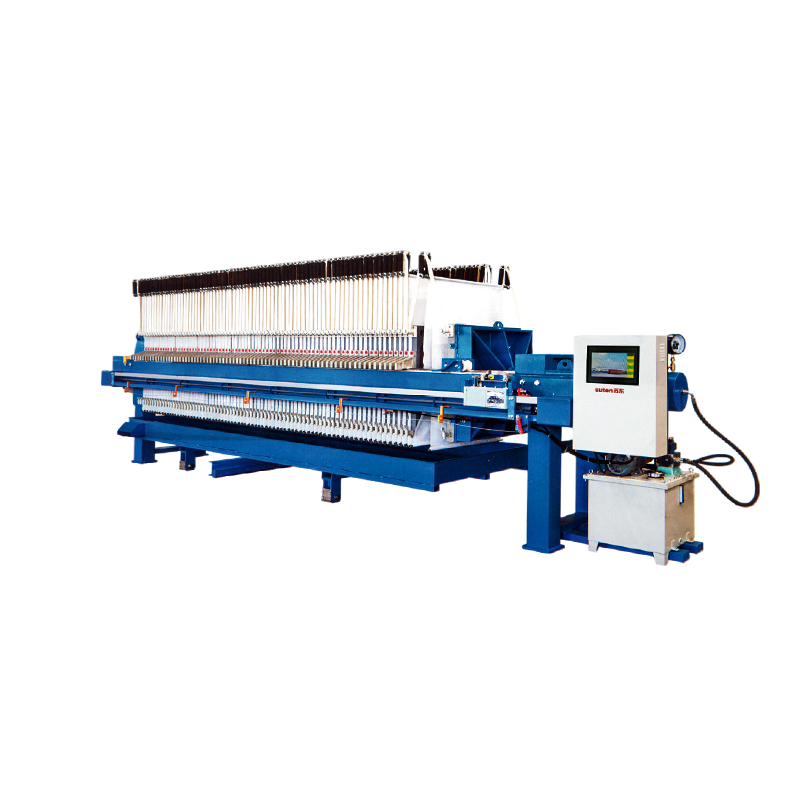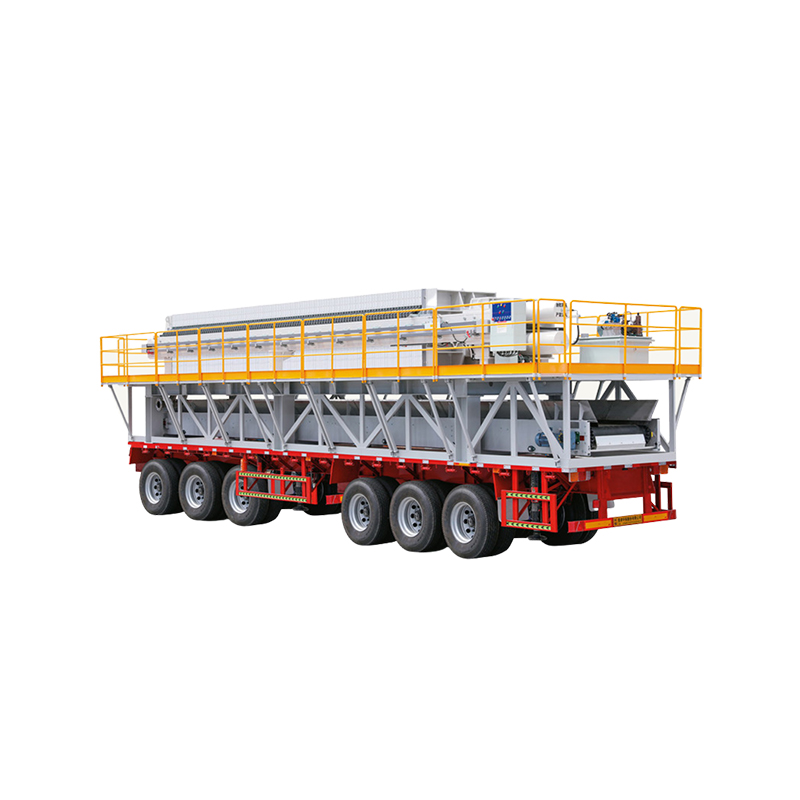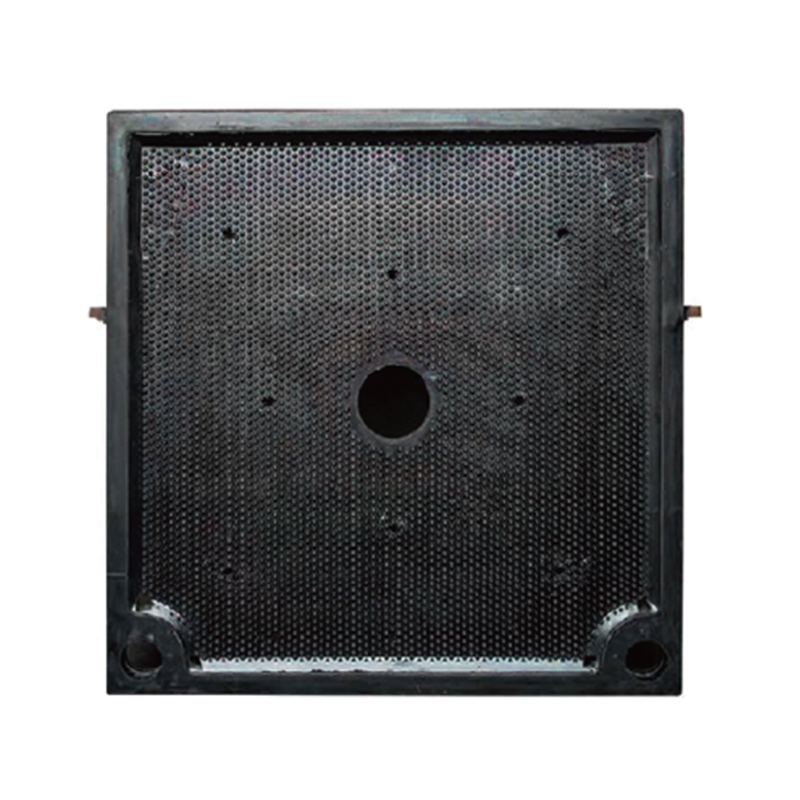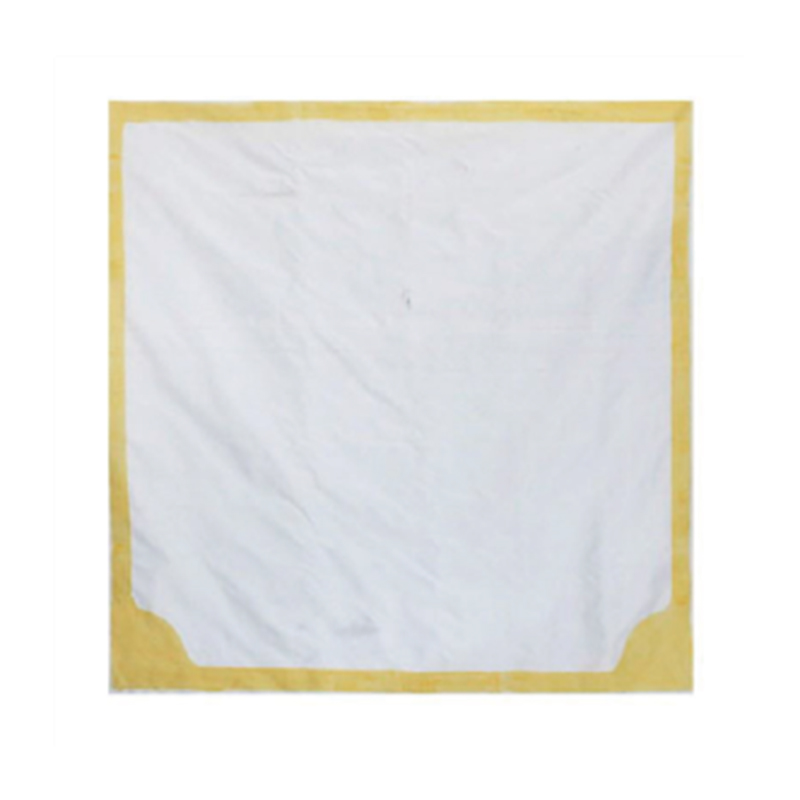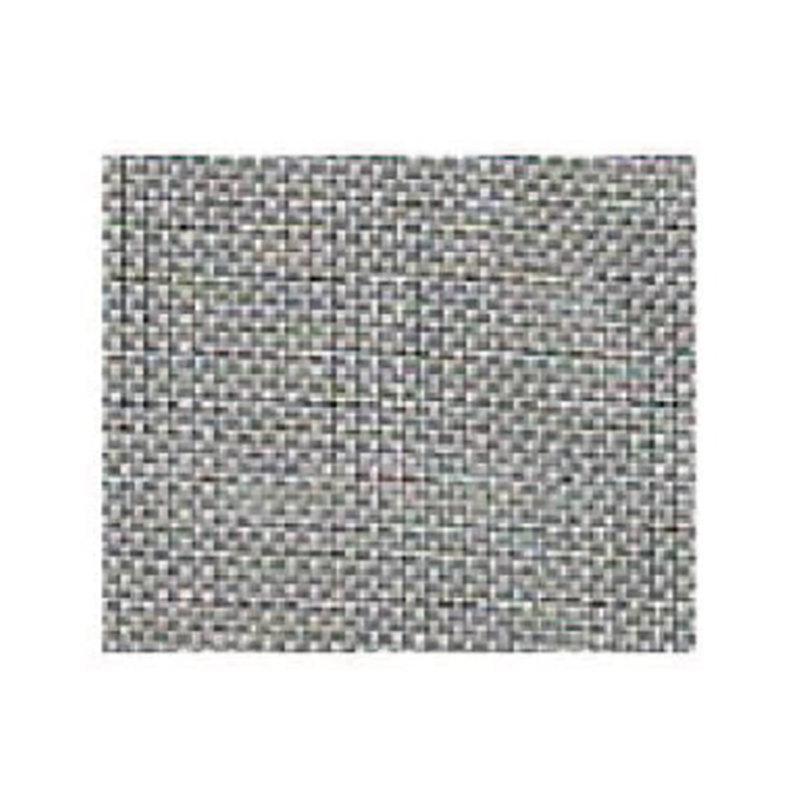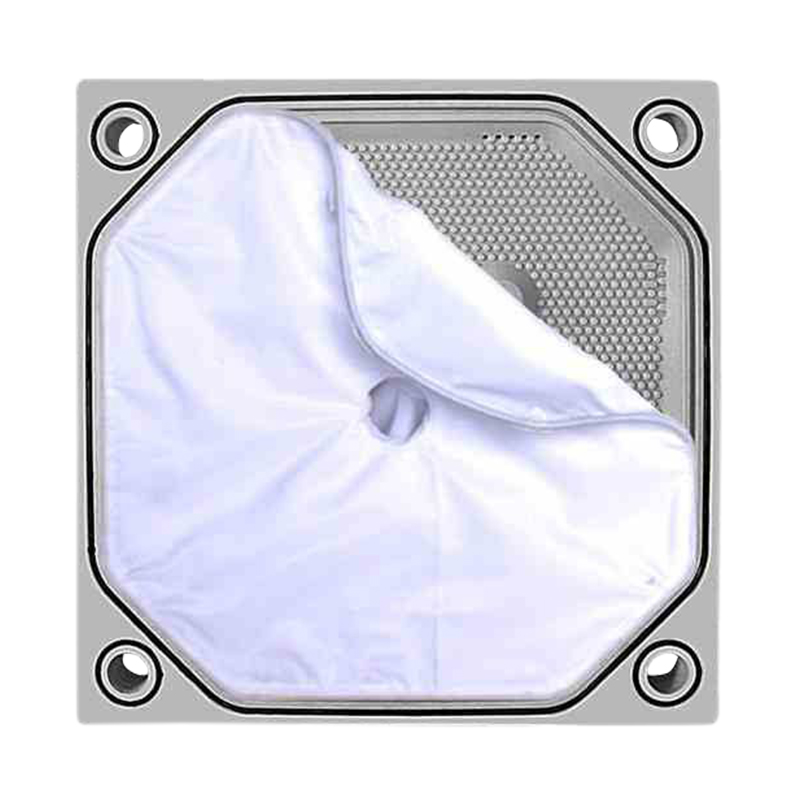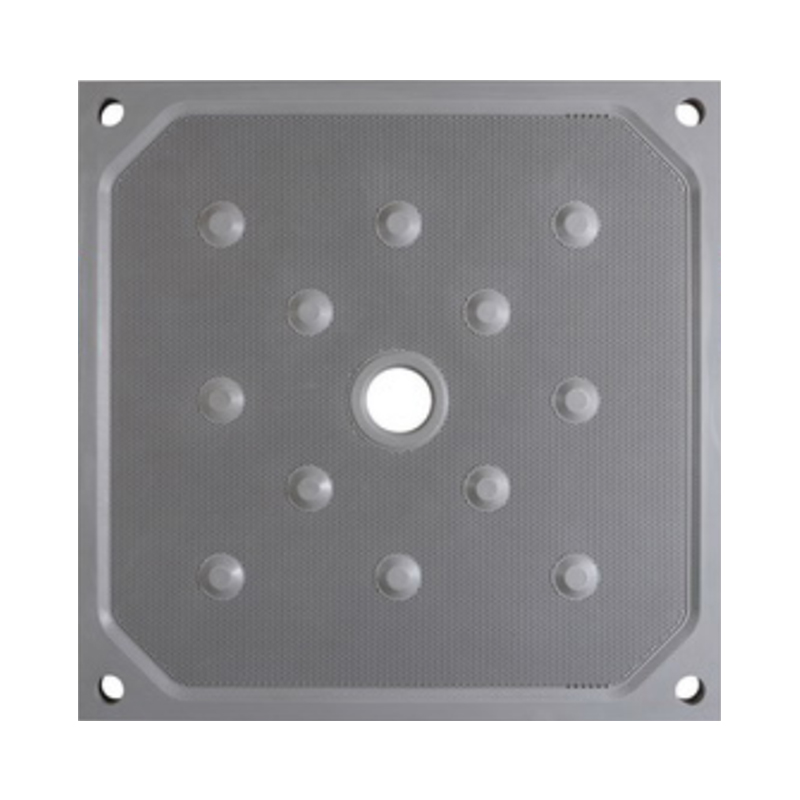How to optimize the design of filter press plates to improve filtration efficiency and service life
 2025.04.28
2025.04.28
 Industry News
Industry News
Selection and optimization of filter press plates materials
The materials of filter press plates determine their corrosion resistance, compressive strength and service life. Common filter plate materials on the market include polypropylene (PP), rubber (such as EPDM, NBR), reinforced composite materials and metals (such as stainless steel, cast iron). Polypropylene filter plates are widely used in the chemical and food industries because of their light weight, acid and alkali corrosion resistance and low cost, but their temperature resistance is poor and they are easily deformed in high temperature environments for a long time. Rubber filter plates have good elasticity and sealing properties and are suitable for filtering materials with high solid content, but they are prone to aging in strong oxidizing media. For high pressure, high temperature or highly corrosive working conditions, reinforced composite materials (such as glass fiber modified polypropylene) or stainless steel filter plates are more suitable. They can withstand higher mechanical stress and chemical erosion, but the cost is relatively high.
The progress of materials science has provided new possibilities for improving the performance of filter plates. For example, the application of nano-modified plastics can significantly improve the wear resistance and impact resistance of filter plates, so that they can still maintain stable performance under harsh working conditions. The development of high temperature resistant polymers (such as PVDF) enables filter plates to be used for a long time in environments above 100°C to meet special industrial needs. In the future, with the continuous emergence of new composite materials, the mechanical properties and chemical stability of filter plates will be further improved, providing a more reliable solution for filtering operations in high-pressure and highly corrosive environments.
Optimized design of filter press plates structure
The structural design of filter press plates directly affects the filtration efficiency, energy consumption and maintenance convenience. Traditional filter plate design usually adopts a planar structure, but in actual application, it is easy to cause local blockage or excessive pressure due to uneven material distribution, thereby reducing filtration efficiency and shortening the life of the filter plate. Modern optimized design has significantly improved the performance of filter plates by improving the flow channel layout, strengthening the support structure and introducing modular concepts.
In terms of flow channel design, traditional straight-through feed holes are prone to blockage, especially when dealing with high-viscosity or fiber-containing materials. The optimized conical or gradually expanding flow channel can reduce material deposition and ensure uniform distribution of the filtrate, thereby increasing the filtration speed and reducing energy consumption. Reasonable guide groove design can avoid local overload of the filter plate and extend its service life.
The pressure resistance of the filter plate is another key factor. During high-pressure filtration, the filter plate needs to withstand huge mechanical stress. If the structural design is unreasonable, it is very easy to deform or even break. By adopting honeycomb or wavy rib structure and optimizing stress distribution by finite element analysis (FEA), the rigidity and deformation resistance of filter plates can be significantly improved. The application of computer simulation technology enables engineers to predict the stress of filter plates under high pressure at the design stage, so as to optimize the structure and avoid weak points.
Modular design is an important trend in filter plate optimization in recent years. Traditional integral filter plates often need to be replaced as a whole after damage, which is costly. The modular filter plates adopt a detachable design, allowing users to replace only the damaged part, greatly reducing maintenance costs. The quick-release filter cloth fixing structure further simplifies the filter cloth replacement process, reduces downtime and improves production efficiency.
Innovation in surface treatment technology
The surface characteristics of filter press plates have an important influence on the filtration effect and filter cake peeling performance. Untreated filter plate surfaces are prone to adhere to filter cakes, making unloading difficult and even affecting subsequent filtration effects. Modern surface treatment technology improves the surface performance of filter plates by physical or chemical methods, thereby improving filtration efficiency and filter plate service life.
Mirror polishing is a common surface treatment method that can significantly reduce the roughness of the filter plate surface, reduce filter cake adhesion, and make unloading smoother. For highly corrosive working conditions, polytetrafluoroethylene (PTFE) spraying or plating can effectively improve the chemical corrosion resistance of the filter plate and extend its service life in acidic or alkaline environments. Surface texture treatment (such as groove or convex point design) can enhance the fit between the filter cloth and the filter plate, prevent filtrate leakage, and improve filtration uniformity.
Intelligent monitoring and maintenance strategy
With the development of Industry 4.0 technology, the application of intelligent monitoring systems in filter plate optimization is becoming more and more extensive. Traditional filter plate maintenance mainly relies on regular manual inspections, and it is difficult to grasp the operating status of the filter plate in real time. Modern intelligent filter plates can monitor the force and temperature changes of the filter plate in real time by embedding pressure and temperature sensors, detect abnormalities in time and warn, and avoid damage caused by overload or local high temperature.
The introduction of the automatic cleaning system further improves the maintenance efficiency of the filter plate. Traditional manual cleaning is not only time-consuming and labor-intensive, but may also damage the surface of the filter plate due to improper operation. The automatic cleaning system regularly cleans the filter cloth and filter plate flow channel through high-pressure water or airflow, effectively preventing blockage and extending the service life of the filter plate. The predictive maintenance strategy based on data analysis can predict the remaining life of the filter plate based on its historical operating data, helping enterprises to arrange maintenance plans reasonably and reduce unplanned downtime.

 English
English Español
Español हिंदी
हिंदी Tiếng Việt
Tiếng Việt

